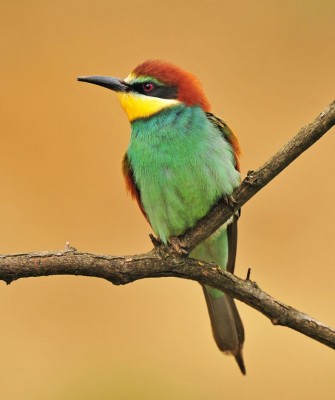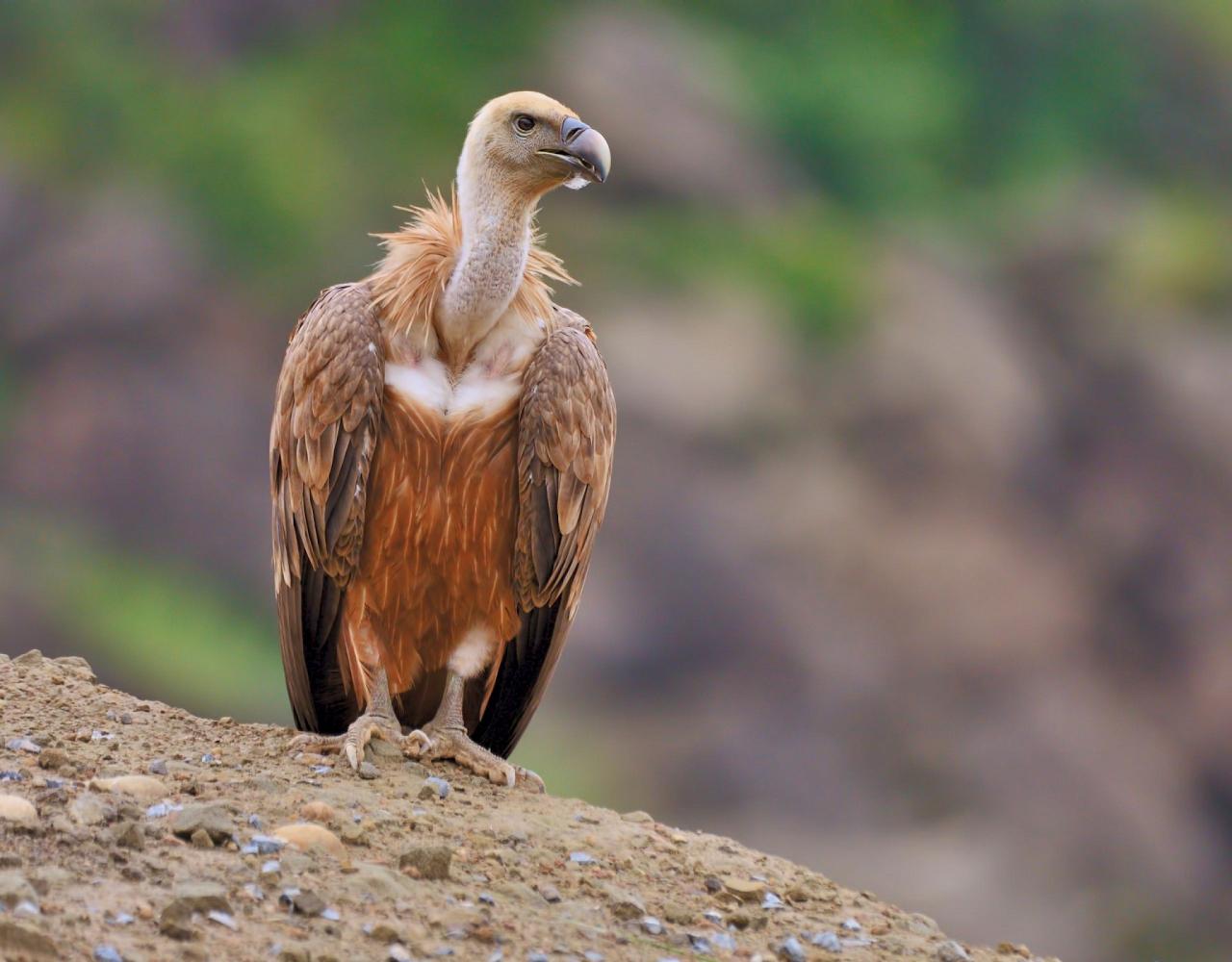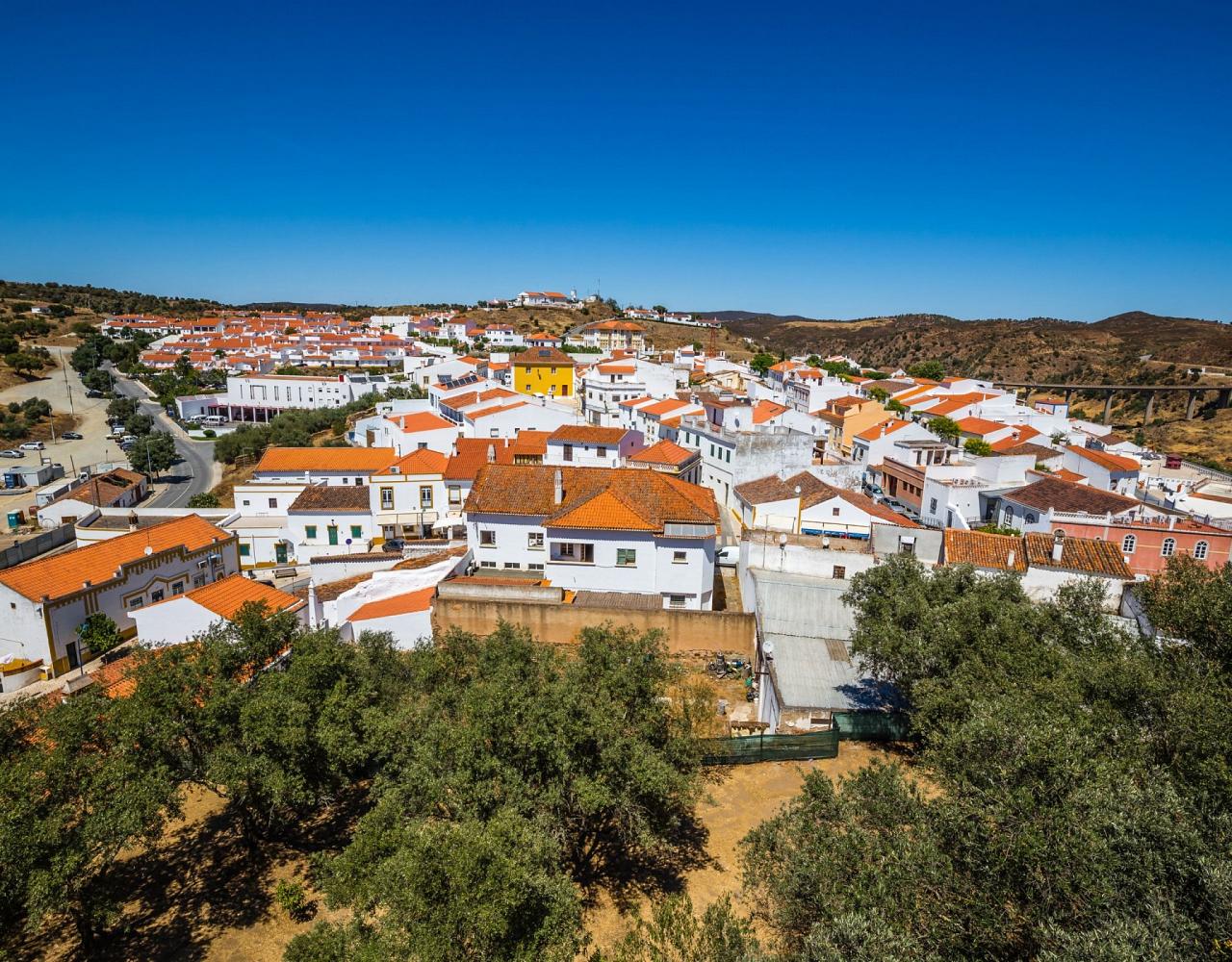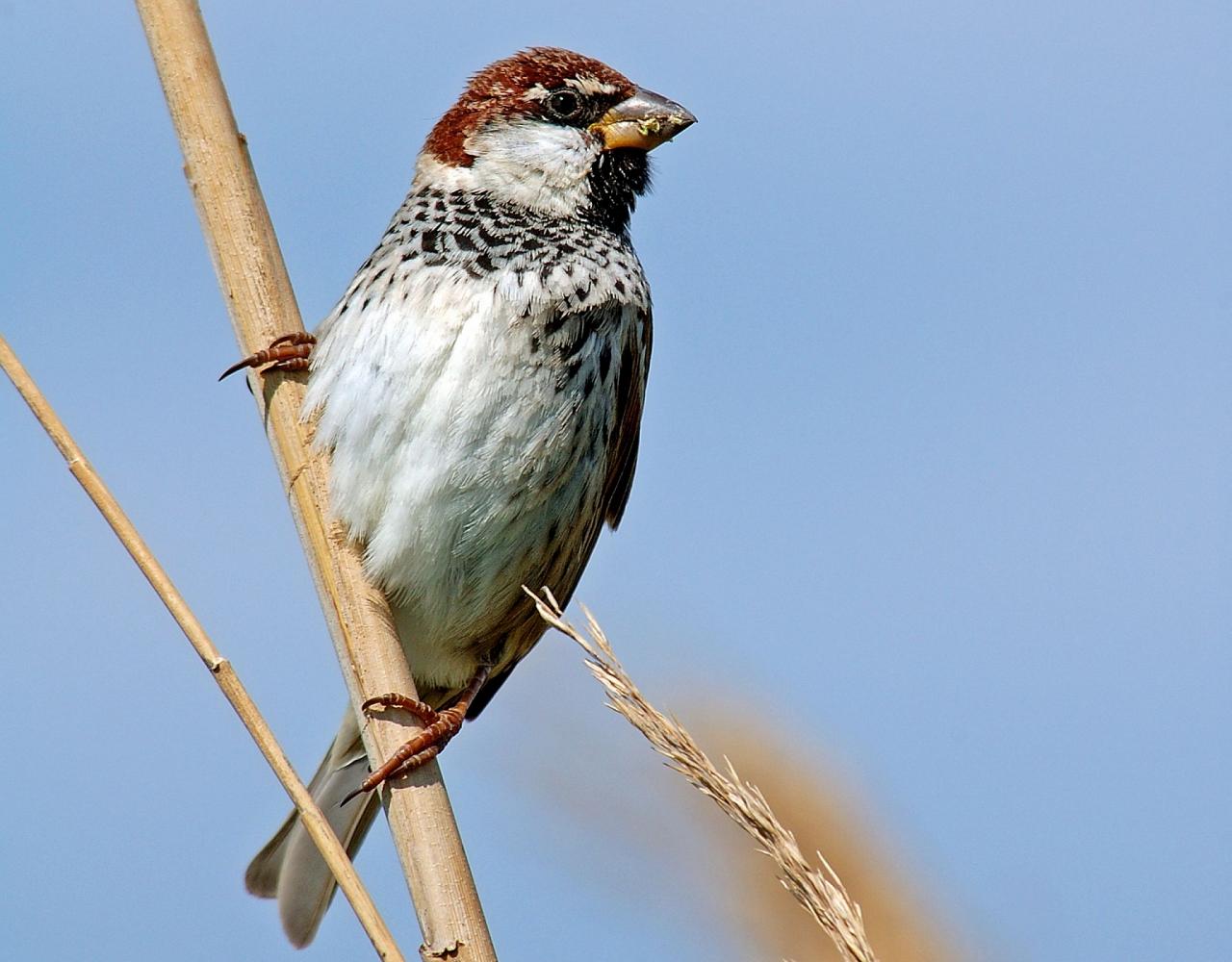- Overview
- Full Itinerary
- Photo Gallery
- Costing
- Travel Details
- Trip Reports
- Map
- Know Before You Go
- Other Trips You May Like
Join Naturalist Journeys on this fun Portugal birding tour—one that includes some fun cultural and historical time blended in. A real plus is that Southern Portugal offers a fantastic diversity of habitats replete with birds in a relatively small geographic area; we visit several species-rich areas without having to travel long distances. Portugal hosts many of the most sought-after specialties of the Iberian Peninsula, such as Great Bustard, Cinereous Vulture, Iberian Green Woodpecker, Azure-winged Magpie (Iberian Magpie), Spanish Eagle and Great-spotted Cuckoo, as well as iconic European species such as Eurasian Hoopoe, European Bee-eater, European Roller, and Common Kingfisher. All seen while traveling in picturesque rural areas also prized for scenery and history.
Discover three fabulous regions of the country that include extensive wetlands around Lisbon, the expansive steppes of Alentejo to the east, and then south to the coastal Algarve regions.
Europe’s spring migration extends from late March to mid-May, and our timing on this Portugal birding tour is perfect for arriving shorebirds, raptors, and passerines. We will search for Palearctic shorebirds such as Pied Avocet, Little Stint, Common Ringed Plover, Black-tailed Godwit, and Curlew Sandpiper; and just a few of the raptors we might encounter include Bonelli’s Eagle, Booted Eagle, Short-toed Snake-Eagle, and Montagu’s Harrier.
By April, temperatures in the arid Alentejo are rising to delightful, and every day brings summer species from Africa. Coastal and sea birding from the Algarve is exceptional, with few birders and crowds. The country’s rich cultural heritage is on display throughout the tour with visits planned to some of the most interesting historical and cultural sites of Portugal.








- “So many lifers! I haven't birded that much in Europe, so I saw 74 new species! A highlight for me was the boat ride to see seabirds and so many dolphins!” — Linda Cronkleton, 2023 Traveler
- “I was eager to visit this beautiful country and see the birds there, especially those endemic to the Iberian Peninsula. Highlights for me were birding in the cork oak woodlands and learning about the cork harvest process and the delicious food and group camaraderie.” — 2023 Traveler
Tour Highlights
- Enjoy charming accommodations in Lisbon; city fun, and within a half hour’s drive we explore two remarkable wetland areas
- Find Great Bustard, Calandra Lark, Stone Curlew, and Black-bellied Sandgrouse in the Alentejo
- Explore the bluffs and hills of the Guadiana Valley Natural Park, noted for Spanish Imperial, Golden, and Booted Eagles
- Sample Portugal’s many culinary delights and great wines, including a fun wine-tasting event held amid grapevines and olive groves
- Discover the Algarve, a region rich in protected wetland areas situated on a major flyway for migrants from Africa—fabulous for waders and passerines
- Stand on Europe’s southwestern corner, Cape St. Vincent, as raptors in migration pass overhead;
- Take a pelagic trip off Sagres to see a wide range of seabirds
- Marvel at the colors of Eurasian Hoopoe, Common Kingfisher, and European Bee-eater
- Walk through old Cork Oak forests
- Blend birding and culture with a chance to walk through historic plazas and squares en route to an array of castles, cathedrals,
- museums, Roman ruins, and promenades;
- Experience Portugal’s rich cultural heritage at top historical and cultural sites in Évora, Mértola, Sagres and Lisbon.




Trip Itinerary
Itineraries are guidelines; variations in itinerary may occur to account for weather, road conditions, closures, etc. and to maximize your experience.
Wed., Apr. 2 Arrivals in Lisbon
Welcome to Lisbon, Portugal. Today we travel to our lodgings in Alcochete (about twenty miles from the airport). You may recognize the name of this small city for its association with Europe’s second longest bridge, the Vasco da Gama Bridge, which spans the Tagus River with its impressive cable-stay construction. It is a charming location and gives us close access to the Tagus Estsuary.
Accommodations in Alcochete (D)
Thurs., Apr. 3 & Fri., Apr. 4 Two Days Birding & Exploring Lisbon
Portugal offers a fantastic diversity of habitats—and consequently birds—in a relatively small area. It is hard to imagine how many species we find with ease at the Tagus Estuary and the Sado Estuary Nature Reserves—both within a half-hour drive of Lisbon city center and the international airport.
Our time in the Lisbon area will let you experience a variety of habitats within the Tagus Estuary Nature Reserve, including the inter-tidal mudflats and salt marshes of Hortas, the salt pans of Atalaya, Ribeira das Enguias, and Samouco, and the Barroca d’Alva rice fields and pastures. Other interesting sites and habitats in the Tagus Reserve include the open fields, reed beds, lagoons, inter-tidal mudflats and salt marshes of the Ponta da Erva area.
We also have some fun as we explore—enjoy a wine tasting at Companhia das Lezírias, as well as a birding visit to the cork oak woodlands of Pancas, still in the Tagus estuary. Finally, we explore the Sado Estuary Nature Reserve, namely the salt pans, inter-tidal mudflats and salt marshes of Mitrena, Mourisca, and Zambujal.
The protected wetland areas between the Tagus and Sado estuaries may reveal to us: Greater Flamingo, White Stork, Eurasian Spoonbill, Glossy Ibis, Squacco and Purple Herons, Booted Eagle, Black-winged Kite, Little Bustard, Collared Pratincole, Pallid Swift, Bluethroat, Dartford, Savi’s and Melodious Warblers, Iberian Chiffchaff, Iberian Grey and Woodchat Shrikes, Spotless Starling, Rock Sparrow, European Serin, Cirl Bunting, and an excellent selection of ducks, waders, gulls and terns.
Accommodations in Alcochete, across the Tagus River from Lisbon (B,L,D)
Sat., Apr. 5 - Tues., Apr. 8 Four Days of Exploring the Alentejo in Detail
Leaving the Lisbon-area wetlands in the morning, we continue our mix of activities to highlight birding, history and culture. We first head toward Mértola, in the Alentejo region, visiting the city of Évora, a UNESCO World Heritage site prized for its whitewashed houses, Gothic Cathedral dating to the 12th century, and other Gothic and Baroque churches including the unique Chapel of the Bones.
Along our route today, is a famous site, the Almendres Cromlech which contains several megalithic menhirs (standing stone structures) dating back to the 6th millennium BC. This complex has over 95 granite monoliths with a path winding through Association of these structures with others in the area suggest an astronomical function to the structures in alignments for the winter solstice.
Then it’s on to the great Castro Verde rolling plains and the bluffs and hills of the Guadiana Valley Natural Park, including Mértola, Mina de São Domingos, and Alcaria Ruiva. The expansive plains and hilly terrains of these regions support Great Bustard, Common Crane, Red Kite, Montagu's Harrier, Lesser Kestrel, Stone Curlew, Black-bellied Sandgrouse, Great Spotted Cuckoo, European Roller, Calandra Lark, Tawny Pipit, Rufous Bush Robin, and many more birds.
The bluffs and hills of the Guadiana Valley Natural Park host species such as: Black Stork, Iberian Imperial, Golden and Bonelli's Eagles, Eurasian Black and Griffon Vultures, Turtle Dove, Eurasian Eagle Owl, White-rumped Swift, Iberian Green Woodpecker, Eurasian Crag Martin, Red-rumped Swallow, Black-eared Wheatear, Blue Rock Thrush, Golden Oriole, Spanish Sparrow, Hawfinch and Rock Bunting.
Based in the town of Mértola, we can enjoy time to visit the main museums, additional archaeological sites, and specialty shops. It is here that we experience some of the best local foods and wines of our journey. It’s a luxury to have four nights—unpack and settle in!
Here we are near the Spanish border on the confluence of the Guadiana and Oeiras Rivers. The town grew from its start as a fortified medieval village surrounding an impressive castle on its central hilltop. This is an ancient port city again with influence of early Phoenicians, then Romans, Moors and Christians during the Reconquest of Portugal. The whole town feels like a living museum of successive civilizations built upon each other.
Accommodations for four nights in Mértola (B,L,D, all days)
Wed., Apr. 9 - Fri., Apr. 11 On to the Scenic Southern Coastal Region
With just a short 45-minute drive to Tavira, we reach the coastal region of Algarve, a region rich in protected wetland areas and situated on a major fly-way for migrants from Africa, and notable in particular for waders and passerines. We are here at a key time in the migration period, and this area—including Salgados lagoon—offers abundant opportunities to observe migrating birds. Birding stops here will include the complex network of canals, saline flats and salt pans of the Castro Marim Nature Reserve and the Tavira area of Ria Formosa Natural Park. Other habitats of Ria Formosa including dunes, open water, inter-tidal mudflats, salt marshes, salt pans, reed beds, lagoons and pine in the regions of Olhão, Quinta do Lago, and Ludo.
During our time here, we also visit the Sagres and Cape St. Vincent areas, Cape St. Vincent being a natural bottleneck for migration and a splendid place to search for the endangered Balearic Shearwater as well as a few other species. A tour highlight experience is a pelagic trip off Sagres. Just a few miles offshore, we start to understand why the Algarve is considered such a crossroads, with birds moving along the coast west to east (Atlantic to Mediterranean) and north to south (Europe to Africa). Some of the species we may find during the boat trip include: a variety of shearwaters (Great Cory’s, Scopoli’s, Sooty, Manx and Balearic), smaller Wilson’s, Leach’s and European storm-petrels (Wilson’s, Leach’s and European Storm Petrels) and predatory skuas—all three being possible (Pomarine, Arctic and Great). We keep our eye open for rarities such as Audouin’s Gull amid the more regularly seen and sometimes numerous Northern Gannet, Kittiwake and Lesser Black-backed Gull.
Ria Formosa Park and Castro Marim, with their intricate maze of inlets and lagoons, are unique birding sites in Portugal for finding rare and highly localized species such as Audouin’s and Slender-billed Gulls and Lesser Short-toed Lark. These are also excellent spots for getting close views of scarce species like Little Bittern and Purple Swamphen. Common bird species in the Algarve include Little Owl, Red-necked Nightjar, Eurasian Hoopoe, Common Kingfisher, European Bee-eater, Sardinian and Spectacled Warblers, and Iberian Magpie.
Tavira, our base for three nights, dates back to the Bronze Age. Today it is a comfortable, small city astride the Gilão River at its junction with the Atlantic Ocean, Tavira is a delightful base from which to explore. It holds Roman Moorish and Christian influences. In its center, a medieval castle affords us great city views of old and new, whitewashed walls, tile roofs—all with the Atlantic Ocean behind. Across from it, Tavira Island has a long, sandy beach, plus salt pans that attract flamingos, spoonbills and other wading birds.
Accommodations for three nights in Tavira (B,L,D, all days)
Sat., Apr. 12 Return to Lisbon | Estuary and Ricefield Birding
Finally, we will return to Lisbon, using the travel day to explore inter-tidal mudflats, salt marshes and rice fields of Comporta and Carrasqueira, part of the Sado Estuary Nature Reserve. Enjoy a delicious final dinner with time to recount our highlights of the journey.
Accommodations in Lisbon (B,L,D)
Sun., Apr. 13 Departures
Plan to leave at your convenience today but remember, for International flights, it is recommended that you be at the airport three hours prior to your flight. (B)
Cost of the Journey
Cost of the journey is per person and based on occupancy: $6990 DBL / $7725 SGL.
The tour price includes airport transfers, 11 nights’ accommodations, all meals from dinner Day One through breakfast Day 12, professional guide services, park and preserve entrance fees, and miscellaneous program expenses. *Pricing is based on the exchange rate on May 7, 2024. If this rate adjusts by more than 5% at the time that final payment is due, Naturalist Journeys reserves the right to adjust this price.
Cost of the journey does not include airfare from your home to Lisbon, Portugal or items of a personal nature, such as drinks from the bar, telephone, and local guide gratuities (at your discretion, we will give some guidelines).
Travel Details
Please plan to make air travel plans only after the minimum group size has been met. We will send you a confirmation email as soon as the trip has been confirmed.
Arrival and Departure Airport: Humberto Delgado Airport (LIS) in Lisbon
Arrival Details: Plan flights to arrive April 2, 2025 at your leisure.
Departure Details: Plan flights to depart April 13, 2025 at your leisure.
Travel Tip: You may wish to arrive a day early and rest up from your travels. The easiest option would be to book an early night at our first night tour hotel, the Praia do Sol Resort. Our hotel is about 25 minutes from the airport in Alcochete and can be reached via taxi or Uber. You can also work with your travel agent to find a hotel to suit your needs. If you want to explore Lisbon, there are plenty of fun things to do! Oceanário de Lisboa is one of the largest aquariums in Europe and has over 450 different species. If you’re interested in art, then a visit to the Calouste Gulbenkian Museum is a must-see in Lisbon. It has works spanning 5,000 years and is considered one of the most important private art collections in the world. Or if you want to stretch your legs after a long flight, Lisbon is a great city to wander around the cobbled streets and check out the delicious restaurants, architecture, and shops. And don’t forget to try the pastéis de nata, a delectable traditional Portuguese pastry.
There is an official taxi station outside the airport, which is signalized; official taxis are black and green. Never accept offers of taxis from people inside the airport soliciting taxi service. Only get into a taxi after a reasonable price is agreed to. For hotels in Lisbon, it should not be above 30-40 € and for Alcochete, it should not be above 50 €.
Hotel Recommendations: If you wish to arrive early and prefer to stay in Lisbon, we recommend: Janelas Verdes. Convenient to just stay on, and it is in a great location. Lisboa Pessoa Hotel is another great choice in the city.
Entry Requirements: See "Essential Information" section under the "Know Before You Go" tab.
Browse below for trip reports and species lists from past versions of this and other tours from this destination.
Portugal
- October 2021
- October 2022
- October 2023
- April 2024
- October 2024
- April 2025
Essential Information +
Pace & Protocols +
Packing List +
Suggested Reading List +
Useful Links +
Photo credits: Eurasian Spoonbill, René Pop; Lisbon, Louis Droege, courtesy UnSplash; Great Bustards in Alentejo, jstmmphot via Flicker, public domaine; Algarve, Humphrey Muleba, courtesy UnSplash; Pied Avocets, René Pop; Dartford Warbler, P. Marques; Algarve, Anita Parry, courtesy UnSplash; Thekla Lark, René Pop; Cape St. Vincent, Nick Kane, courtesy UnSplash; Greater Flamingos, P. Marques; White Stork, René Pop; Alentejo, Jacek Ulinski courtesy UnSplash; European Bee-eater, anca-muresan on Unsplash; Hoopoe, Steve Shunk; Alentajo, Jacek Ulinksi on Unsplash; Church, Steve Shunk; Great Bustards in Alentejo, jstmmphot via Flicker, public domain; Northern Lark, Steve Shunk; Black-eared Wheatear, by P. Marques; Algarve, Anita Parry on Unsplash; Greater Flamingo, Steve Shunk; Crested Lark, Steve Shunk; Red-legged Partridge, René Pop; Eurasian Hoopoe, George Bakken; Common Kingfisher, Tom Dove; Great Bustards, Steve Shunk; Greater Flamingo, Steve Shunk; Kentish Plover, Steve Shunk; Little Owl, Steve Shunk; Northern Lark, Steve Shunk; Purple Gallinule, Steve Shunk; Squacco Heron, Steve Shunk; Vineyard, Steve Shunk; White Storks, Steve Shunk; White Stork, Steve Shunk.































